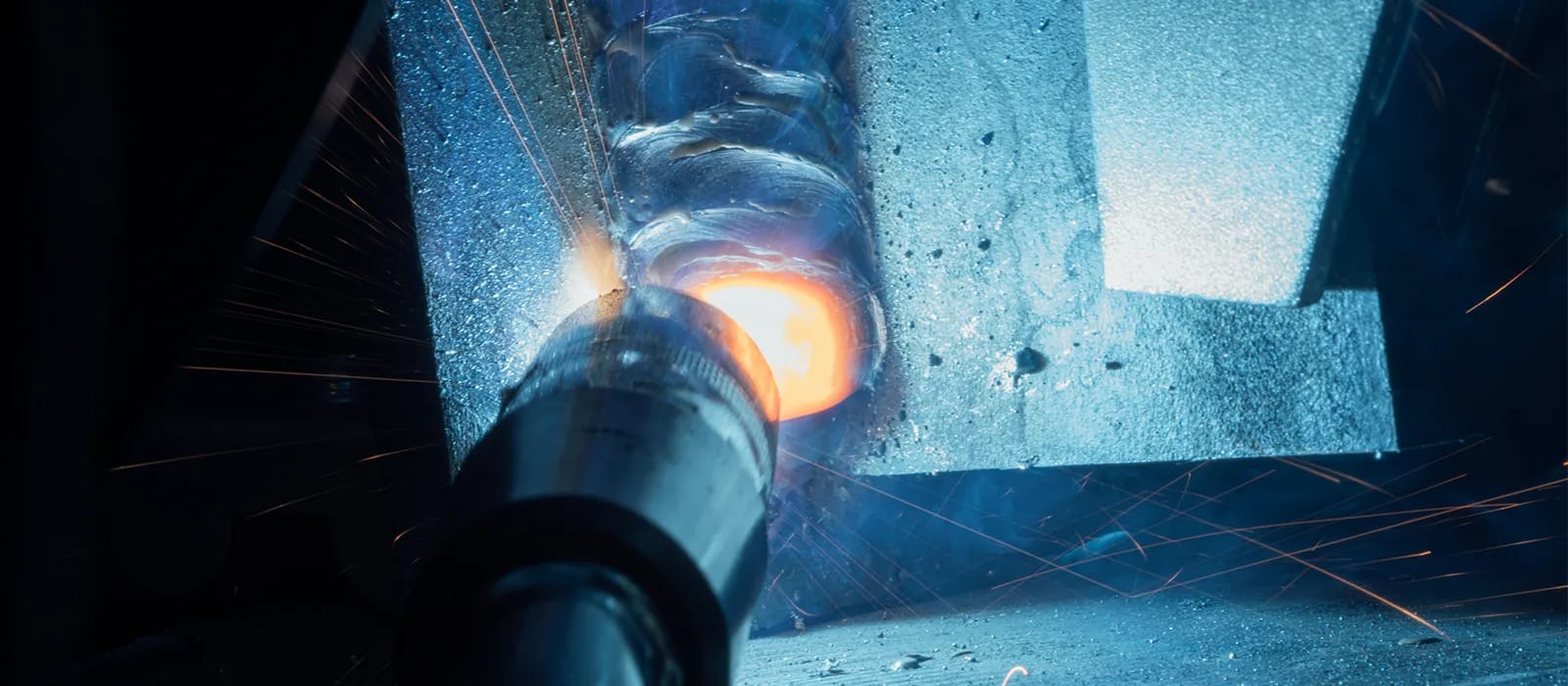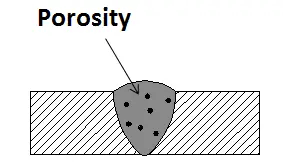Recognizing Porosity in Welding: Discovering Causes, Impacts, and Prevention Techniques
Porosity in welding is a persistent difficulty that can considerably influence the top quality and honesty of welds. As specialists in the welding sector are well mindful, understanding the causes, results, and prevention techniques connected to porosity is vital for accomplishing durable and trusted welds. By diving right into the origin of porosity, examining its detrimental results on weld high quality, and checking out reliable avoidance strategies, welders can boost their understanding and skills to produce high-quality welds continually. The intricate interaction of elements adding to porosity calls for a detailed understanding and a proactive method to ensure effective welding outcomes.
Typical Sources Of Porosity
Porosity in welding is largely triggered by a mix of factors such as contamination, incorrect securing, and poor gas coverage throughout the welding process. Contamination, in the form of dust, grease, or corrosion on the welding surface area, produces gas pockets when heated, resulting in porosity in the weld. Incorrect protecting takes place when the securing gas, typically utilized in processes like MIG and TIG welding, is unable to completely secure the liquified weld swimming pool from reacting with the surrounding air, resulting in gas entrapment and subsequent porosity. Additionally, poor gas coverage, typically because of wrong circulation prices or nozzle positioning, can leave parts of the weld vulnerable, permitting porosity to develop. These elements jointly add to the development of spaces within the weld, weakening its honesty and potentially causing architectural concerns. Comprehending and attending to these usual causes are crucial actions in avoiding porosity and ensuring the quality and strength of bonded joints.
Effects on Weld High Quality
The visibility of porosity in a weld can dramatically compromise the overall top quality and integrity of the welded joint. Porosity within a weld develops voids or tooth cavities that compromise the framework, making it more at risk to fracturing, rust, and mechanical failing.
Moreover, porosity can hinder the effectiveness of non-destructive testing (NDT) methods, making it testing to find various other defects or suspensions within the weld. This can result in substantial safety concerns, specifically in essential applications where the structural integrity of the bonded elements is paramount.

Avoidance Techniques Summary
Provided the detrimental influence of porosity on weld high quality, efficient prevention techniques are vital to preserving the architectural integrity of bonded joints. Among the key avoidance methods is detailed cleaning of the base products prior to welding. Contaminants such as oil, oil, rust, and dampness can add to porosity, so guaranteeing a clean job surface area is necessary. Correct storage of welding consumables in dry conditions is also critical to avoid moisture absorption, which can result in gas entrapment throughout welding. In addition, selecting the proper welding parameters, such as voltage, current, and take a trip rate, can assist reduce the risk of porosity development. Making sure adequate securing gas circulation and insurance coverage is an additional critical avoidance technique, as not enough gas insurance coverage can lead to climatic contamination and porosity. Lastly, correct welder training and qualification are essential for carrying out safety nets successfully and consistently. By integrating these prevention strategies right into welding practices, the occurrence of porosity can be dramatically lowered, bring about more powerful and much more trusted bonded joints.
Relevance of Correct Protecting
Correct protecting in welding plays an important role in preventing climatic contamination and making certain the stability of bonded joints. Protecting gases, such as argon, helium, or a mix of both, are commonly utilized to secure the weld swimming pool from reacting with elements in the air like oxygen and nitrogen. When these responsive components come into call with the hot weld pool, they can create porosity, resulting in weak welds with lowered mechanical residential or commercial properties.

Inadequate shielding can cause different issues like porosity, spatter, and oxidation, endangering the structural integrity of the welded joint. Therefore, sticking to appropriate shielding methods is vital to produce high-grade welds with minimal flaws and make certain the durability and reliability of the welded parts (What is Porosity).
Monitoring and Control Approaches
Just how can welders properly check and regulate the welding procedure to ensure optimum outcomes and pop over to this web-site stop issues like porosity? One secret method is with the use of advanced surveillance technologies. These can consist of real-time monitoring look what i found systems that offer responses on parameters such as voltage, current, travel speed, and gas circulation rates. By continuously monitoring these variables, welders can determine inconsistencies from the perfect conditions and make immediate modifications to avoid porosity formation.

Furthermore, applying proper training programs for welders is important for keeping track of and controlling the welding process successfully. What is Porosity. Educating welders on the relevance of keeping constant parameters, such as proper gas shielding and take a trip rate, can assist stop porosity concerns. Normal analyses and certifications can additionally make sure that welders excel in monitoring and managing welding procedures
Additionally, the usage of automated welding systems can boost surveillance and control abilities. These systems can precisely manage welding parameters, lowering the probability of human mistake and making sure consistent weld quality. By integrating innovative tracking innovations, training programs, and automated systems, welders can effectively check and manage the welding process to decrease porosity defects and attain high-quality welds.
Verdict
